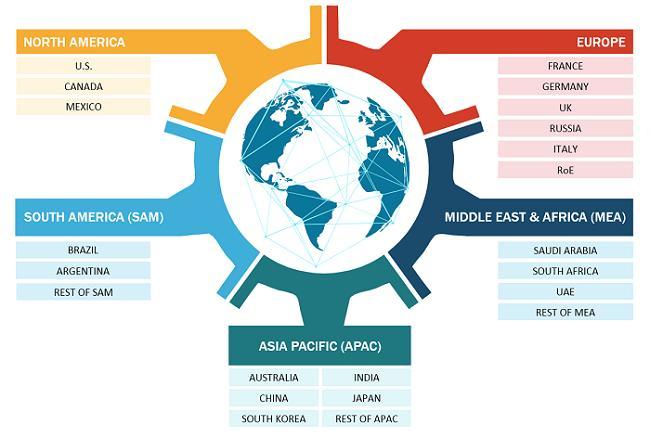Reducing Animal Models: The Ethical and Economic Imperative Behind the Demand for Non-Invasive Longitudinal Preclinical Imaging Techniques
The global demand for non-invasive, **longitudinal preclinical imaging** techniques is being driven by a powerful confluence of ethical and economic imperatives. Ethically, there is a mounting pressure from regulatory bodies and public advocacy groups to adhere to the "3Rs" principle in animal research: Replacement, Reduction, and Refinement. Non-invasive imaging, which allows researchers to gather data from the same living animal model repeatedly over time, directly addresses the 'Reduction' principle by minimizing the total number of animals required for a statistically significant study. Economically, reducing the number of animals lowers housing, maintenance, and purchasing costs, while longitudinal data—tracking the progression of a disease or the effect of a drug within a single subject—yields more robust and internally consistent results than cross-sectional studies on different animals. This superior data quality and cost-saving potential are significant drivers of innovation in the **Preclinical Imaging Market**.
Key non-invasive modalities that support this longitudinal approach include micro-MRI, micro-PET, and optical imaging (bioluminescence and fluorescence). These systems are optimized for small animal models (typically rodents) and are designed to provide real-time, functional information on disease progression and therapeutic response without terminal intervention. For example, a researcher can track tumor growth and drug accumulation in a single mouse weekly using PET/CT, rather than sacrificing a group of mice at each time point for *ex vivo* analysis. This shift is particularly impactful in fields like neuroscience and infectious diseases, where observing the evolution of a condition *in vivo* is crucial to understanding its pathophysiology. The continuous innovation in these non-invasive imaging systems is directly responsive to the ethical and economic need to maximize data output while minimizing animal use. The latest reports on the Preclinical Imaging Market clearly track the growth of modalities that excel at longitudinal studies.
The technological challenges inherent in longitudinal imaging include managing animal stress during repeated handling and ensuring consistent image registration across multiple time points. The industry is responding by developing sophisticated animal handling systems that integrate with the scanners to minimize motion and stress. Furthermore, advanced AI-powered software is now essential for automatically registering and quantifying changes in images taken days or weeks apart. This automation ensures the consistency and reliability of the longitudinal data, which is vital for regulatory submissions. Geographically, developed markets like North America and Europe, which face the most stringent animal welfare regulations, are the primary adopters of these advanced non-invasive techniques. This regulatory landscape acts as a powerful market driver for technological refinement in the region.
In conclusion, the movement toward non-invasive, longitudinal imaging is not merely a trend; it is a fundamental pillar of modern ethical and efficient biomedical research. The systems and services that enable researchers to gather more robust data from fewer animal models are set to dominate the **Preclinical Imaging Market**. By aligning scientific rigor with ethical responsibility and economic efficiency, this area of innovation is transforming preclinical research, making it more humane, cost-effective, and ultimately, more predictive of human clinical outcomes.








